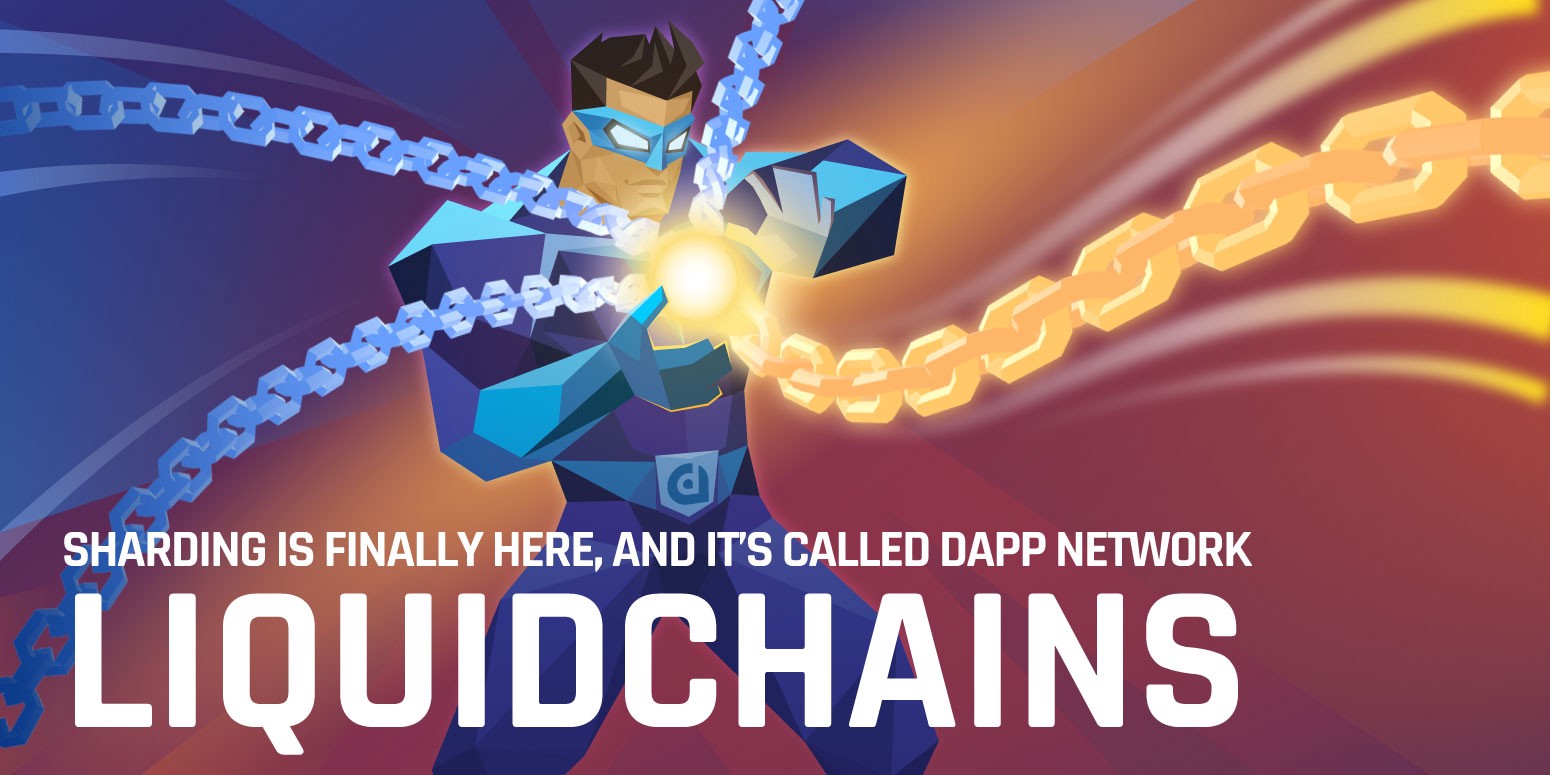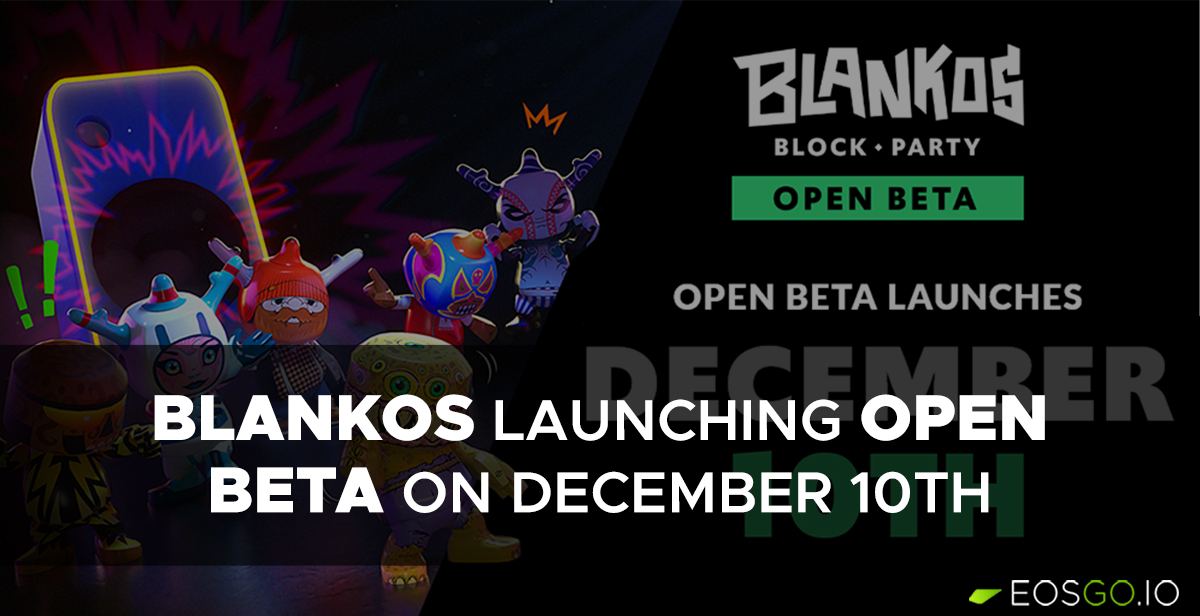Implement Sharding via the LiquidApps framework?

In their latest article LiquidApps explained how a Sharding solution can be implemented through LiquidChains, allowing developers a new system to drastically scale a blockchain network. How does the solution proposed by LiquidApps work?
Sharding is a method that allows to scale horizontally a blockchain network through the use of multiple parallel chains all in connection with a mainchain. In the mainchain, the information of all the transactions validated in the smaller chains, called shards, are stored. This information is contained within a Merkle Trees, a structure for maintaining data, which drastically reduces the information load. In this way a proof of all the transactions validated in the shards is available, and in case of disputes it will be possible to replicate the transaction and compare the results with the merkle tree to confirm its existence.
The LiquidApps team explained how this process can already be implemented through the LiquidChains, a blockchain-as-a-service, which takes the best of both public and private chains to create the most suitable solution for enterprises.
"Through LiquidChains users can set up a customisable chain in minutes and connect it to a public blockchain for transparent record-keeping. In this way the LiquidChains are halfway between permissionless and permissioned public and private blockchain".
By integrating several LiquidChains it is possible to create a system of shards connected to a mainchain, thus mirroring a Sharding system. The Ethereum community has been trying to implement a Sharding system for a long time, hopefully the process to launch it should start in July. In the meantime, the solution proposed by LiquidApps states that it already has the potential to solve some important problems related to Sharding's systems, among them:
- Single Shard Attack:
- Cross-shard Communication
- Date Availability
- Trustless Functionality
We can't wait to see this possible solution implemented and experience the results! Great job LiquidApp!
Sources:
- Sharding Is Finally Here, And It’s Called DAPP Network LiquidChains
- Liquidchains: instant customizable blockchains
Suggested News
Blankos Launching Open Beta on December 10th
The Blankos team announced the launch of the Open Beta starting from December 10, which means that already next week an...
Ultra AMA with Ubisoft as new Block Producer
After their recent exciting announcement that Ubisoft will become one of Ultra's first Block Producers, Ultra arranged ...
